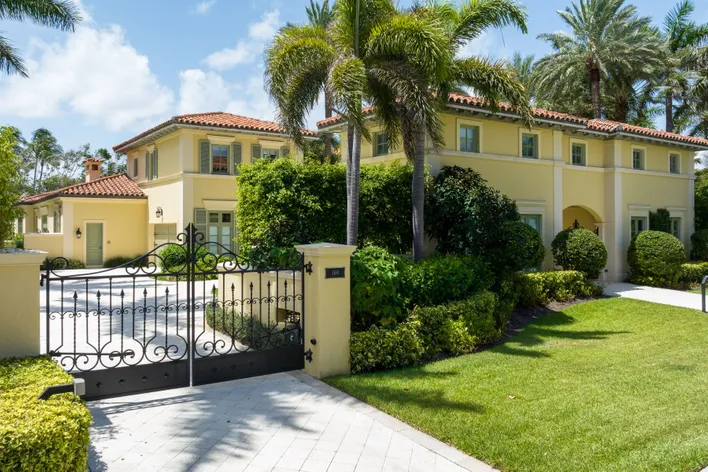
Analysis of Florida Real Estate after the COVID-19 Pandemic: A Focus on Square Footage and Materials
The COVID-19 pandemic has had a profound impact on the real estate market worldwide, and the state of Florida is no exception. Understanding the post-pandemic landscape of Florida’s real estate market requires analyzing not only square footage of properties but also the materials used in construction. This article aims to provide an in-depth analysis of the changes observed in property square footage and materials in Florida’s real estate market after the COVID-19 pandemic.
Shifts in Property Square Footage
The pandemic has influenced housing preferences, leading to changes in demand for property square footage. As people spent more time at home due to lockdowns and remote work, there was a growing emphasis on comfortable living spaces. Larger homes with ample room for dedicated workspaces, home gyms, and outdoor areas gained popularity. Subsequently, the demand for single-family homes and properties with increased square footage witnessed a significant surge.
Conversely, smaller apartment units in urban areas faced challenges as the need for space and privacy grew. Many urban dwellers sought alternatives in suburban and rural areas, where larger properties were more readily available. As a result, condominiums and apartments experienced a slight decline in demand, particularly in densely populated urban centers.
Materials Used in Construction
The pandemic also impacted the choice of materials used in real estate construction in Florida. Several factors contributed to shifts in material preferences and availability.
Supply Chain Disruptions:
The global supply chain experienced disruptions during the pandemic, affecting the availability and cost of construction materials. Delays in material deliveries, shortages, and price increases were common challenges faced by developers and builders. As a result, some projects experienced delays or revisions in construction plans to accommodate the availability of alternative materials.
Emphasis on Hygiene and Safety:
The pandemic brought increased attention to hygiene and safety measures. Consequently, there was a growing demand for materials that offer better sanitation and cleanliness. Antimicrobial surfaces, touchless fixtures, and improved ventilation systems became more desirable for both residential and commercial properties.
Sustainable and Eco-friendly Materials:
Sustainability has been a growing trend in the real estate industry, and the pandemic further emphasized the importance of eco-friendly choices. Homebuyers and developers increasingly sought materials with low environmental impact, such as energy-efficient insulation, solar panels, and recycled or renewable building materials.
Outdoor Living Spaces:
With an increased focus on spending time outdoors, the demand for properties with well-designed outdoor living spaces surged. Materials like composite decking, natural stone, and sustainable landscaping elements gained popularity as homeowners sought to create functional and aesthetically pleasing outdoor areas.
The real estate market in Florida has witnessed notable changes in property square footage and materials used in construction after the COVID-19 pandemic. The demand for larger homes with dedicated workspaces and outdoor areas has grown, while smaller apartments in urban areas have faced challenges. Disruptions in the supply chain affected material availability and pricing, leading to adjustments in construction plans. The emphasis on hygiene and safety has influenced material choices, with a preference for antimicrobial surfaces and touchless fixtures. Sustainability and eco-friendly materials have also gained traction, and outdoor living spaces have become a priority for many buyers. As the real estate market continues to evolve post-pandemic, stakeholders must stay attuned to these trends to meet the changing needs and preferences of buyers and investors in Florida.







